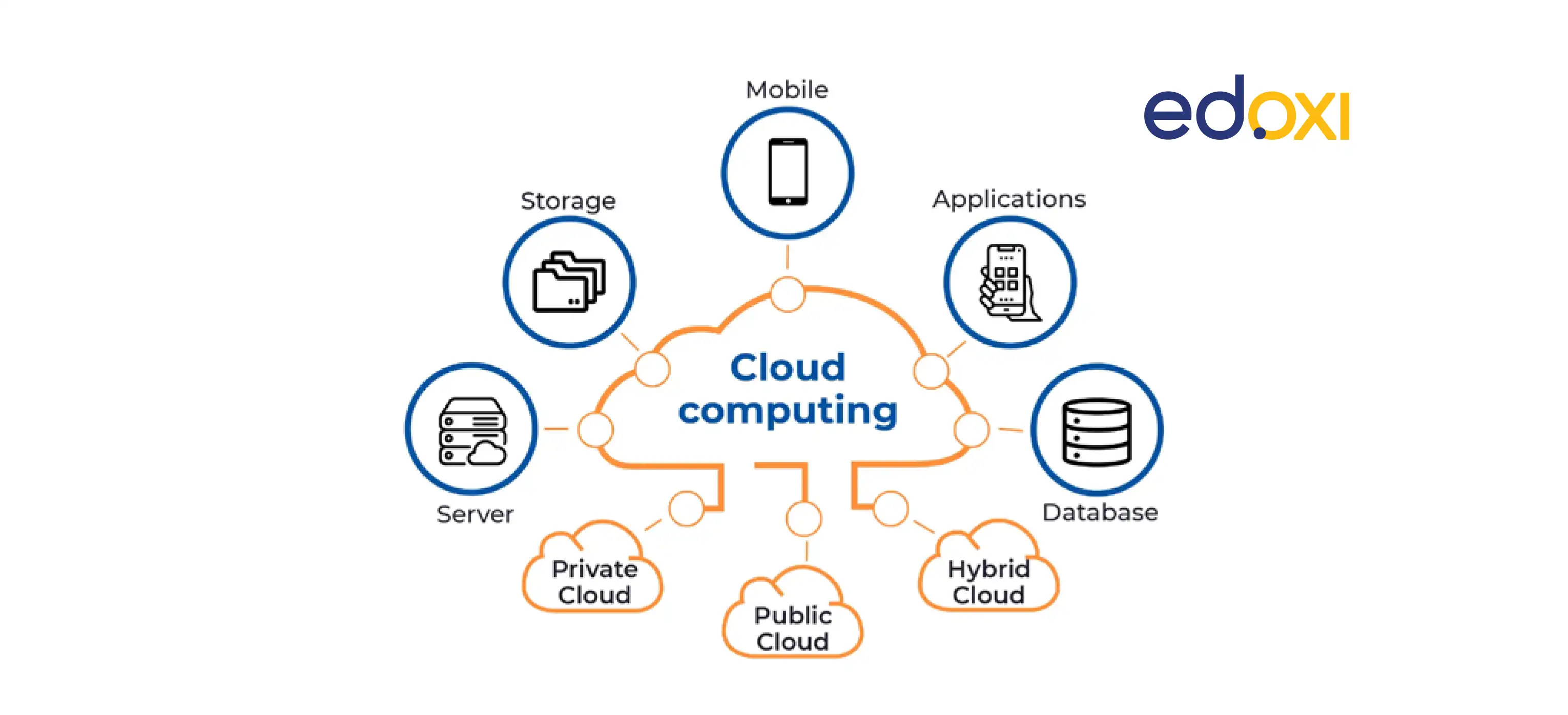Achieve More with LinkDaddy Cloud Services: Enhancing Your Cloud Services Press Release Approach
Achieve More with LinkDaddy Cloud Services: Enhancing Your Cloud Services Press Release Approach
Blog Article
Simplify Your Facilities With Cloud Services
As companies browse the ever-evolving landscape of technology and information management, the function of cloud solutions in simplifying facilities has actually come to be significantly prominent. How can companies efficiently browse this transition and really open the potential of cloud solutions for streamlining their framework?
Benefits of Cloud Solutions
Cloud solutions use a structured method to handling IT facilities, supplying services with cost-efficiency, adaptability, and scalability. One of the vital advantages of cloud services is the scalability they offer.
Additionally, cloud services remove the requirement for services to purchase expensive software and hardware. This cost-efficiency is a substantial benefit, specifically for little to medium-sized business wanting to minimize upfront prices. By utilizing cloud services, services can access top notch IT resources without the large price associated with typical facilities setups.
Furthermore, cloud services supply companies with the adaptability to access their data and applications from anywhere with a web link. This degree of accessibility improves collaboration among teams, makes it possible for remote job, and boosts general efficiency. The adaptability offered by cloud services equips businesses to adapt swiftly to transforming market conditions and client demands.
Expense Cost Savings and Scalability
In addition to the operational benefits highlighted earlier, the combination of cloud services into a company's facilities yields substantial expense savings and improved scalability. Cloud solutions provide a pay-as-you-go design, permitting businesses to scale resources up or down based on current needs, thus avoiding the costs connected with keeping excess ability. This adaptability makes it possible for firms to adapt rapidly to fluctuating demands without sustaining unneeded expenses.
Additionally, cloud services get rid of the need for upfront investments in hardware and software application, minimizing funding expenditures. Business expenses are likewise minimized as firms no more require to handle and maintain physical servers, resulting in lower power usage and IT staffing expenses. In addition, cloud solutions give automatic updates and maintenance, making sure that the facilities remains safe and secure and current without needing manual treatments.
Improved Protection Procedures
Implementing rigid protection measures is vital when incorporating cloud services into a firm's facilities to protect sensitive data and make certain compliance with sector guidelines. Cloud company use boosted security attributes such as data file encryption, firewall software protection, and multi-factor verification to mitigate cybersecurity dangers. Security aids secure information both at remainder and in transit, guaranteeing that only licensed individuals can access delicate details. Firewall programs serve as a barrier between inner networks and external hazards, tracking and regulating outgoing and inbound network traffic. Multi-factor authentication adds an additional layer of safety by calling for users to provide multiple forms of verification before accessing the cloud services.
Furthermore, regular security audits and conformity analyses assist identify click for info susceptabilities and guarantee adherence to market criteria. Firms can likewise gain from attributes like automatic safety and security updates and real-time risk surveillance offered by cloud provider. By prioritizing protection measures and remaining proactive in dealing with possible risks, companies can confidently take advantage of cloud services while securing their beneficial information from unapproved gain access to or violations.
Transitioning to Cloud Framework
To effectively incorporate cloud solutions right into a firm's infrastructure, a structured method that attends to the shift in the direction of cloud-based solutions is imperative. Transitioning to cloud infrastructure involves cautious planning and execution to guarantee a smooth migration procedure - Cloud Services.
When the evaluation is total, a movement technique ought to be developed. This method must detail the timeline, sources, and obligations for moving each component to the cloud. It is vital to interact this plan clearly to all stakeholders to make certain alignment and minimize disruptions throughout the change.
During the movement screening, process and surveillance are crucial to recognize and resolve any kind of issues quickly. Regular checkpoints ought to be established to track progress and make essential changes. Furthermore, training for workers on using cloud solutions must be given to ensure an effective shift and take full advantage of the benefits of the new facilities.
Best Practices for Cloud Adoption
Effective adoption of cloud services pivots on the critical placement of service objectives with technological capabilities and organizational preparedness. To make certain a smooth change to the cloud, companies must start by carrying out an extensive assessment of their current facilities and identifying which work are best fit for cloud movement. It is crucial to involve key stakeholders from various divisions in the decision-making process to obtain buy-in and address any issues at an early stage.
Another ideal method for cloud fostering is to prioritize security and compliance. Organizations should carefully review the safety actions supplied by cloud company and guarantee that their data is safeguarded according to sector criteria and regulative needs. Carrying out durable data file encryption, accessibility controls, and regular protection audits can help minimize risks associated with cloud fostering.

Verdict

As companies browse the ever-evolving landscape of modern technology and data management, the function of cloud solutions in streamlining facilities has actually come to be increasingly famous - linkdaddy cloud services press release. How can services effectively navigate this shift and genuinely open the capacity of cloud solutions for streamlining their infrastructure?
Cloud services use a structured approach to managing IT infrastructure, offering businesses with scalability, adaptability, and cost-efficiency. By using cloud services, companies can access high-grade IT resources without the substantial price tag associated with traditional infrastructure setups.
To make sure a smooth shift to the cloud, companies must start by carrying out a comprehensive evaluation of their current infrastructure and identifying which work are best suited for cloud migration.
Report this page